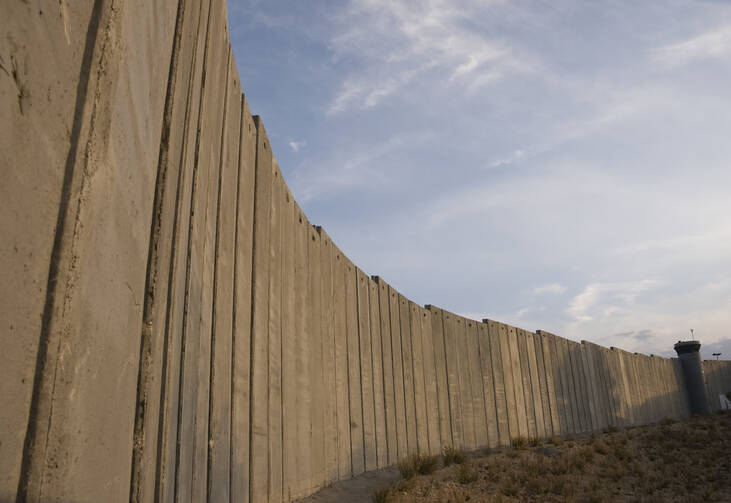Seventy-two percent of U.S. residents and 85 percent of Mexico’s residents oppose the construction of a wall along the border, according to a recent survey. Arizona State University’s Cronkite News, Univision and The Dallas Morning News polled over 1,400 border residents in 14 cities on both sides of the U.S.-Mexico border in an attempt to determine how people in both countries felt about issues around immigration and border security. Seventy-seven percent of those polled on the Mexican side and 70 percent on the U.S. side view the construction of a wall as “not important” compared with issues like education, jobs and crime. Sixty-nine percent of Mexican residents and 59 percent of U.S. residents also believe the tone and rhetoric of this year’s presidential campaign could damage the relationship between the United States and Mexico.
The findings of one poll cannot be considered representative of all border residents (there are over 11 million people living along the U.S.-Mexico border). They also do not capture the varying reasons why a citizen might be opposed to the wall’s construction. For example, according to a recent story in The New York Times (7/24), ranchers who oppose the wall suggest that “boots on the ground” would be more effective. The poll, however, helps to shed light on an issue that does not have an easy solution. Alfredo Corchado, an editor at Cronkite News, hopes the “poll serves as a bridge in bringing two countries closer by shining a light on the border,” adding that it is an area that is “vibrant, complex and often misunderstood.”








